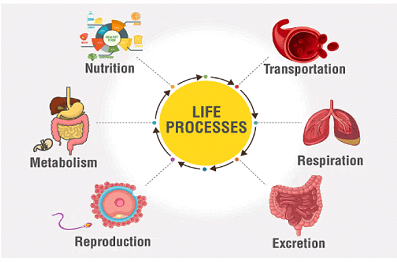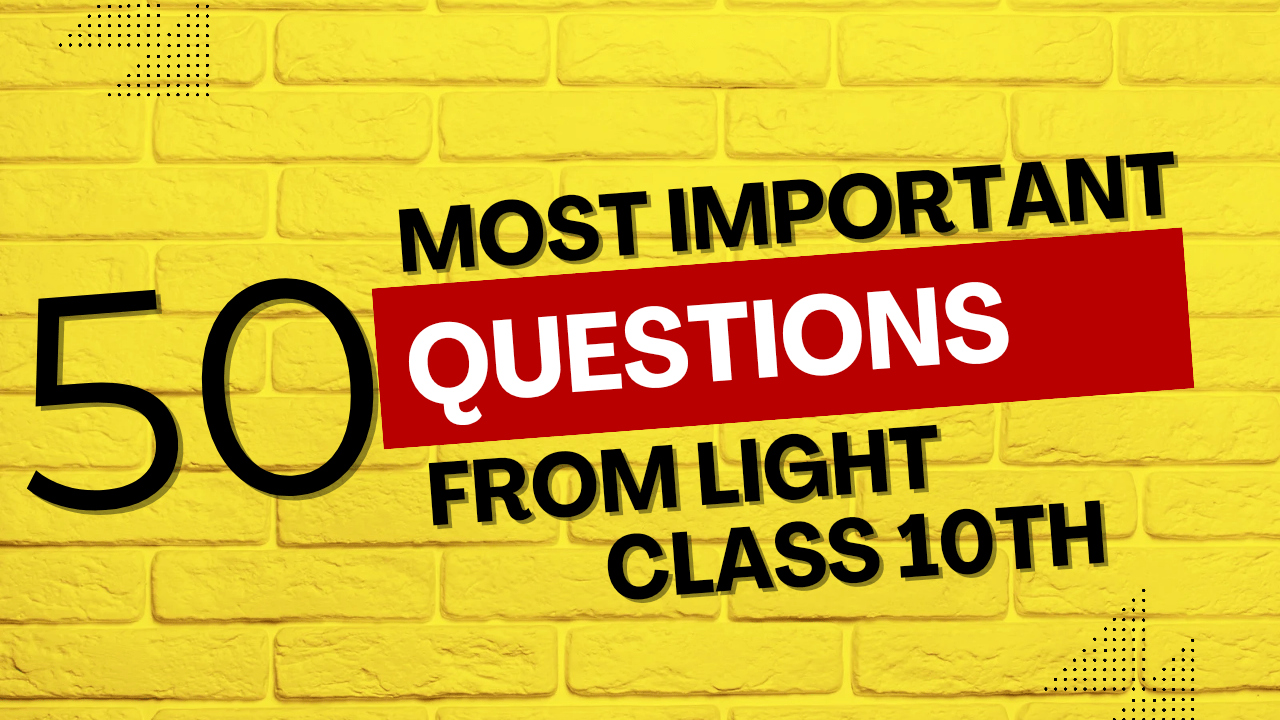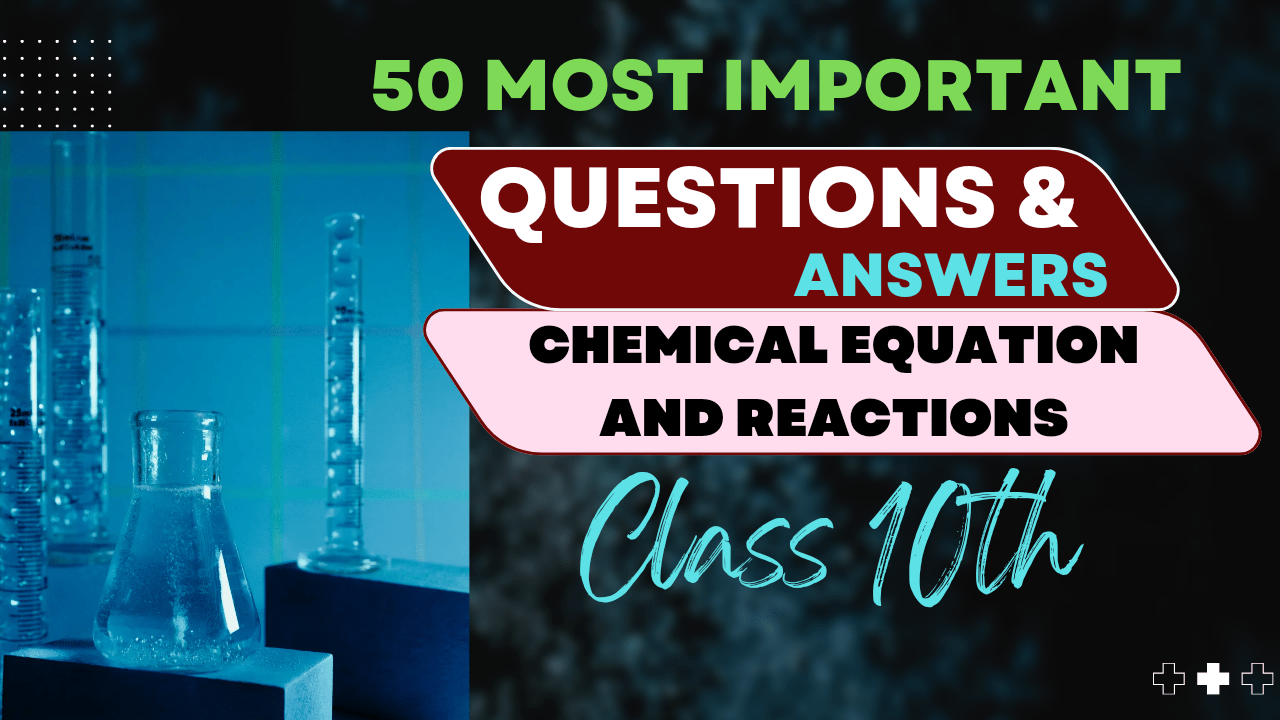Chemical Properties of Metals
Understanding how metals react in different chemical environments
Introduction
The chemical properties of metals are primarily determined by their tendency to lose electrons and form positive ions (cations). Unlike their physical properties which describe appearance and behavior, chemical properties describe how metals interact with other substances to form new compounds.
In this comprehensive guide, we’ll explore the key chemical properties of metals with examples relevant for your exams, including reactions with oxygen, water, acids, and salt solutions.
General Chemical Characteristics of Metals
- Electropositive nature: Metals tend to lose electrons to form positive ions (cations).
- Reducing agents: Metals can donate electrons, making them good reducing agents.
- Basic oxides: Most metal oxides are basic in nature and react with acids to form salts and water.
- Variable valency: Many metals show multiple valency states (e.g., iron can form Fe²⁺ and Fe³⁺ ions).
Reaction with Oxygen (Oxidation)
Most metals react with oxygen in the air to form metal oxides. The general equation for this reaction is:
The reactivity and the nature of the oxide formed vary with different metals:
Reactions with Oxygen
-
Sodium and Potassium: React vigorously with oxygen, even at room temperature.
4Na + O₂ → 2Na₂O
-
Magnesium, Aluminum, Zinc: React with oxygen when heated.
2Mg + O₂ → 2MgO4Al + 3O₂ → 2Al₂O₃
-
Copper, Silver, Gold: Less reactive metals that don’t easily oxidize in air.
2Cu + O₂ → 2CuO (requires heating)
-
Iron: Forms different oxides depending on conditions.
3Fe + 2O₂ → Fe₃O₄ (magnetic oxide)
Example: Magnesium Ribbon Burning
When a magnesium ribbon burns in air, it produces a brilliant white light and forms magnesium oxide (MgO), a white powder.
Observation: Brilliant white flame, white ash residue.
Reaction with Water
The reactivity of metals with water varies significantly across the periodic table. Some metals react vigorously with cold water, while others require steam or don’t react at all.
Reactions with Water
| Metal | Reaction with Water | Products | Equation |
|---|---|---|---|
| Potassium, Sodium | Extremely vigorous with cold water | Metal hydroxide + Hydrogen | 2Na + 2H₂O → 2NaOH + H₂ |
| Calcium, Magnesium | React with cold water (Ca vigorously, Mg slowly) | Metal hydroxide + Hydrogen | Ca + 2H₂O → Ca(OH)₂ + H₂ |
| Aluminum, Zinc, Iron | React with steam (hot water vapor) | Metal oxide + Hydrogen | 2Al + 3H₂O → Al₂O₃ + 3H₂ |
| Copper, Silver, Gold | No reaction with water or steam | — | — |
Example: Sodium’s Reaction with Water
When sodium is added to water, it:
- Melts into a silvery ball that moves across the water’s surface
- Produces hydrogen gas that may ignite due to the heat generated
- Forms sodium hydroxide solution (turns phenolphthalein indicator pink)
Note: This reaction is potentially dangerous and should only be demonstrated by qualified teachers.
Reaction with Acids
Many metals react with dilute acids to produce salt and hydrogen gas. The general equation is:
Reactions with Dilute Acids
The reactivity decreases in this order: K > Na > Ca > Mg > Al > Zn > Fe > Pb > Cu > Ag > Au
-
With Dilute Hydrochloric Acid (HCl):
Mg + 2HCl → MgCl₂ + H₂Zn + 2HCl → ZnCl₂ + H₂Fe + 2HCl → FeCl₂ + H₂
-
With Dilute Sulfuric Acid (H₂SO₄):
Mg + H₂SO₄ → MgSO₄ + H₂Zn + H₂SO₄ → ZnSO₄ + H₂Fe + H₂SO₄ → FeSO₄ + H₂
Special Cases
- Copper, Silver, Gold: Do not react with dilute acids because they are below hydrogen in the reactivity series.
-
Concentrated Nitric Acid (HNO₃): Reacts differently – most metals do not produce hydrogen but nitrogen oxides:
Cu + 4HNO₃ → Cu(NO₃)₂ + 2NO₂ + 2H₂O
-
Aluminum in Acids: Initially protected by oxide layer but once removed, reacts:
2Al + 6HCl → 2AlCl₃ + 3H₂
Example: Testing for Hydrogen Gas
When zinc reacts with dilute hydrochloric acid, hydrogen gas is produced. This can be collected and tested by bringing a burning splint near the gas – it produces a characteristic “pop” sound.
Observation: Effervescence (bubbling), gas that produces a “pop” sound with flame.
Displacement Reactions with Salt Solutions
More reactive metals can displace less reactive metals from their salt solutions. This is known as a displacement reaction.
(If Metal A is more reactive than Metal B)
Examples of Displacement Reactions
-
Iron and Copper Sulfate:
Fe + CuSO₄ → FeSO₄ + Cu
Iron (more reactive) displaces copper (less reactive) from copper sulfate solution.
-
Zinc and Lead Nitrate:
Zn + Pb(NO₃)₂ → Zn(NO₃)₂ + Pb
Zinc (more reactive) displaces lead (less reactive) from lead nitrate solution.
-
Magnesium and Zinc Chloride:
Mg + ZnCl₂ → MgCl₂ + Zn
Magnesium (more reactive) displaces zinc (less reactive) from zinc chloride solution.
Example: Iron Nail in Copper Sulfate Solution
When an iron nail is placed in blue copper sulfate solution:
- The blue color of the solution gradually fades
- A reddish-brown deposit of copper forms on the nail
- The solution becomes pale green due to the formation of iron(II) sulfate
Reaction with Halogens
Metals react with halogens (fluorine, chlorine, bromine, iodine) to form ionic metal halides. The general equation is:
Examples of Reactions with Halogens
-
Sodium and Chlorine:
2Na + Cl₂ → 2NaCl
Sodium burns in chlorine with a bright yellow flame to form sodium chloride.
-
Iron and Chlorine:
2Fe + 3Cl₂ → 2FeCl₃
Iron reacts with chlorine when heated to form iron(III) chloride.
-
Aluminum and Bromine:
2Al + 3Br₂ → 2AlBr₃
Aluminum reacts with bromine to form aluminum bromide.
Thermal Stability of Metal Compounds
The thermal stability of metal compounds, particularly carbonates and nitrates, varies with the reactivity of the metal.
Thermal Decomposition of Metal Carbonates
The general equation is:
- Carbonates of Group 1 (except Li): Very stable, decompose at very high temperatures.
-
Carbonates of Group 2: Stability increases down the group.
MgCO₃ → MgO + CO₂ (decomposes easily)CaCO₃ → CaO + CO₂ (decomposes at ~900°C)BaCO₃ → BaO + CO₂ (very stable)
-
Transitional metal carbonates: Generally decompose easily.
CuCO₃ → CuO + CO₂ZnCO₃ → ZnO + CO₂
Thermal Decomposition of Metal Nitrates
Most metal nitrates decompose on heating to form the metal oxide, nitrogen dioxide, and oxygen:
Group 1 nitrates (except LiNO₃) decompose to form the nitrite:
Exam Tips for Chemical Properties of Metals
Key Points to Remember
-
Reactivity Series: Learn the order: K > Na > Ca > Mg > Al > Zn > Fe > Pb > Cu > Ag > Au
- Metals above hydrogen react with dilute acids
- Metals above carbon can reduce their oxides
- The more reactive metal always displaces the less reactive one
-
Balanced Equations: Always write balanced chemical equations with state symbols when appropriate:
Zn(s) + 2HCl(aq) → ZnCl₂(aq) + H₂(g)
-
Observations: Be able to describe visible changes:
- Color changes in solutions
- Gas evolution (effervescence)
- Formation of precipitates
- Temperature changes (exothermic/endothermic)
-
Special Cases: Remember exceptions:
- Aluminum’s passivation by oxide layer
- Reaction of metals with nitric acid (no H₂ produced)
- Different thermal stability patterns
Summary
The chemical properties of metals are fundamentally determined by their ability to lose electrons. This characteristic influences how they react with various substances:
- With oxygen: Form metal oxides, generally basic in nature
- With water: Most reactive metals form metal hydroxides and hydrogen
- With acids: Metals above hydrogen in the reactivity series produce salts and hydrogen gas
- With salt solutions: More reactive metals displace less reactive metals
- With halogens: Form ionic metal halides
Understanding these chemical properties and the patterns across the periodic table will help you predict reactions and excel in your chemistry examinations.



